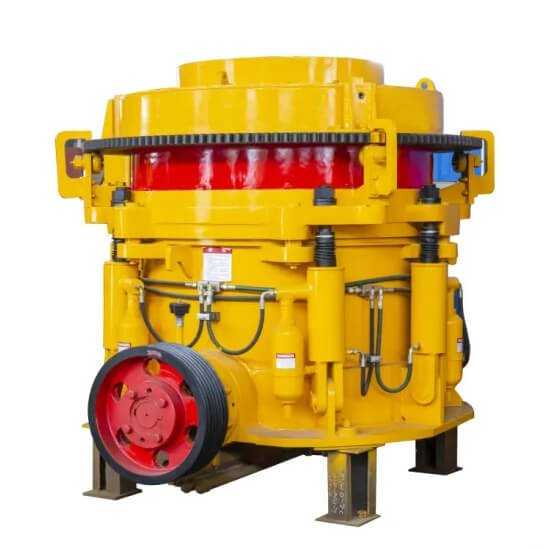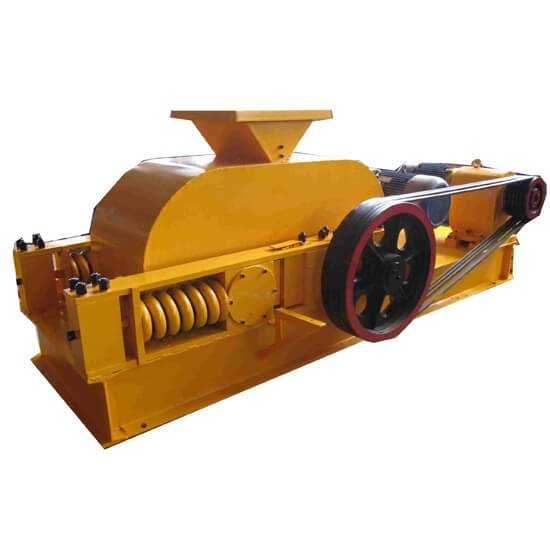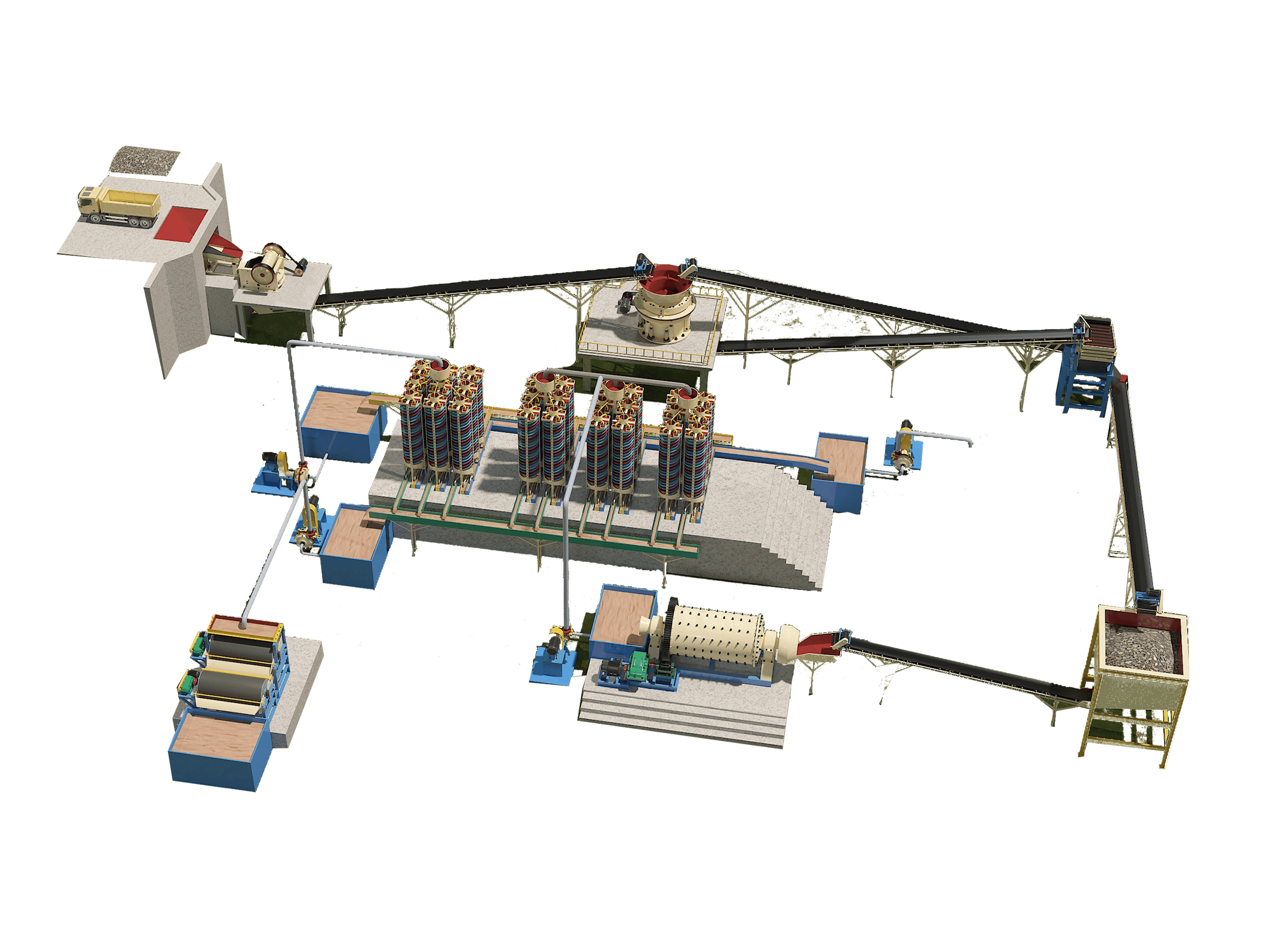
Aggregate, Comminution, and Grinding Equipment
Crushing & Grinding equipment is used to progressively reduce the mineral particle size and make them suitable for subsequent stage separation.
Hot Sale EquipmentTop choice equipment for crushing or grinding stage processing
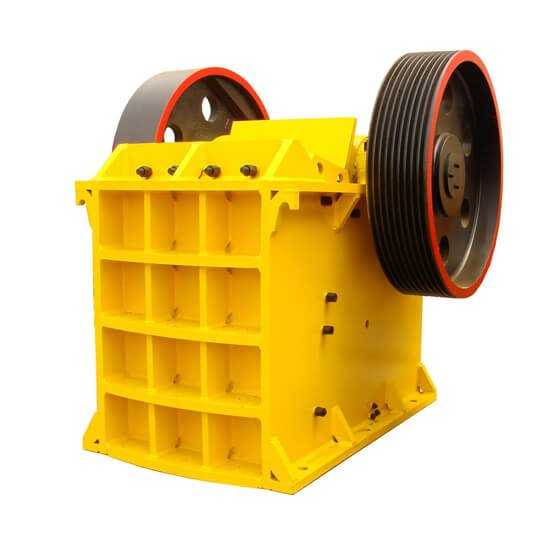
Rock CrusherJaw Crusher
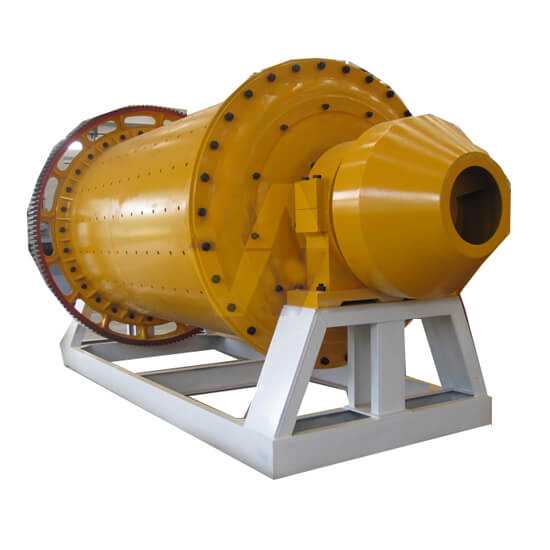
Grinding MillsBall Mill

Grinding MillsWet Pan Mill
Aggregate, Comminution, and Grinding Equipment
Talk with JXSC’s mining experts to get more help, fell free to conslution!
The particle size of ore is progressively reduced to an optimum fraction for separation by a method suitable to the physicochemical properties of the minerals.
Crushing & Grinding equipment used for progressively reducing the mineral particle size and make them suitable for the next stage separation.
Equipment for comminution processing
The comminution is an important unit operation in mineral processing, this process requires application of forces. Mechanical comminution can be accomplished in mainly 2 ways.
1. Crushing: the most used crushing machine are the jaw crusher, cone crusher, impact crusher, and hammer crusher.
2. Grinding: crushed material can be further ground in grinding mills like ball mill, rod mill, hammer mill, vertical roller mill, etc.
comminution
The production of crushed stone material includes drilling, blasting, crushing and sieving, crushing is its most important production step.
Through the two steps of blasting and crushing, the hard rough stone is broken into small particles. The purpose of blasting is mainly to release large stones from the mountain, and crushing and fine grinding are to reduce the processing size.
After blasting, the rock material is transported to the crushing equipment, usually located near the pit. The layout of the crushing plant will vary greatly depending on the construction time and purpose.
The nature of the rock material and the product type and capacity requirements are the main factors affecting the choice of crusher and the layout of the crushing equipment.
Comminution is performed for the reduction of particle size, and can be achieved by crushing and grinding. Crushing is performed on the large particles, and the grinding is performed on the particles smaller than about 50 mm.
crushing
The comminution process is the first step of mineral processing after drilling and blasting operations in the mine. Obtaining the best product size after the crushing process plays a crucial role in the subsequent beneficiation process get the valuable mineral from the gangue. To achieve the required product size, the jaw crusher, impact crusher (horizontal and vertical), and cone crusher are mainly used in the primary, secondary, tertiary crushing stages.
Crushing principle
Compression, impact, and attrition are the main mechanical forces in the comminution processing, and other possible grinding modes, including torsion, twisting, stretching, and so on.
Rock crushers are available in different types, and capacities ranging from 1TPH to 500TPH, The mechanism of crushing process is either by applying impact force, pressure, shearing or a combination of them. According to the used crushing mechanism, three types of crushers: cone crusher, jaw crusher and impact crusher.
In the crushing and grinding equipment, various grinding modes can occur simultaneously, but it is usually dominated by a grinding method. The material for size reduction may be a mineral, rock or ore containing useful and gangue minerals. The purpose of crushing rocks and ore materials is to liberate valuable minerals particles from gangue. If the liberation has not been completed, then the product of crushing is the product of symbiosis.
| Type | Hardness (input material) | Abrasion limit | Reduction ratio | Use |
|---|---|---|---|---|
| Jaw crusher | soft - very hard | no limit | 3:1 to 6:1 | extracted materials, sand and gravels |
| Cone crusher | medium hard - very hard | abrasive | 3:1 to 6:1 | sand and gravels |
| Horizontal shaft impact crusher | soft - medium hard | slightly abrasive | 10:1 to 35:1 | extracted material, sand and gravels |
| Vertical shaft impact crusher | medium hard - very hard | slightly abrasive | 6:1 to 8:1 | sand and gravels |
Crusher selection
It is considered that the crushability of the rock depends on the type of crusher, the setting of the crushing process, the rock strength and the hardness of the mineral. How to meet the needs of total production at a lower cost and maximize profits. You need the help of a professional engineer.
Depending on the characteristics of the material (such as hardness in various size ranges) and application requirements (such as output and maintenance), different types of crushers and crushers can be selected.
Crushers usually classify the degree of crushing of raw materials with a primary crusher that does not have too much fineness. The fineness of the intermediate crusher is higher, and the crusher crushes it into fine powder. The crusher can be divided into primary crusher, secondary crusher or fine crusher according to the proportion of material size reduction.
a) Primary crusher – The bulk raw materials from the mine are first coarsely crushed in the primary crusher whose input is relatively wide, and the output size is relatively coarse. Examples - Jaw Crusher, Impact Crusher, etc.
b) Secondary crushers - The crushed stone from the primary crushers are into to the secondary crushers to further reduce the size. For example: cone crusher, disc crusher, etc.
c) Fine crusher-The opening of the fine crusher is relatively small, which is used to crush the feed into a more uniform and finer product.
| Type | Hardness (input material) | Abrasion limit | Reduction ratio | Use |
|---|---|---|---|---|
| Jaw crusher | soft - very hard | no limit | 3:1 to 6:1 | extracted materials, sand and gravels |
| Cone crusher | medium hard - very hard | abrasive | 3:1 to 6:1 | sand and gravels |
| Horizontal shaft impact crusher | soft - medium hard | slightly abrasive | 10:1 to 35:1 | extracted material, sand and gravels |
| Vertical shaft impact crusher | medium hard - very hard | slightly abrasive | 6:1 to 8:1 | sand and gravels |
According to the capacity of the crusher, the gyratory or jaw crusher is usually used as the primary crusher. The primary crushing can be carried out underground, or it can be carried out on the surface close to the subsequent crushing and crushing stage.
The first step in reducing the size of hard raw ore is crushing. For placer gold, tin, mineral sand and the like soft placer deposits, do not need such crushing treatment. But for those large lump of rock ore, percussion rock crusher or similar crusher are required to used to crush them down to size before subsequent mineral processing step.
Primary crushing operations are usually carried out by mechanical operating equipment such as jaw crushers, gyratory crushers.
The secondary crusher can be gyratory or conical. The third crusher is almost entirely a cone crusher. The selection and layout of the secondary and tertiary crushers and screens varies according to the situation.
Grinding
Grinding are generally processes the material less than about 50 mm, and is carried out in a cylinder containing material, water and grinding media. Steel balls, steel rods, pebbles, ceramics and agglomerates of the same material are used as grinding media.
Grinding operations are energy-intensive, so effective grinding is very important. Due to the high cost, over-grinding (over-grinding) should be avoided, and each separation method requires an optimal particle size range. Fine grinding usually makes further upgrades difficult, to meet the required size, grinding mill machine is usually coupled with a hydraulic classification machine to remove the proper size particles.
Contact Us Now
Please fill out the contact form below to get the quotation price and engineer help.
We will response your request within 24 hours.

